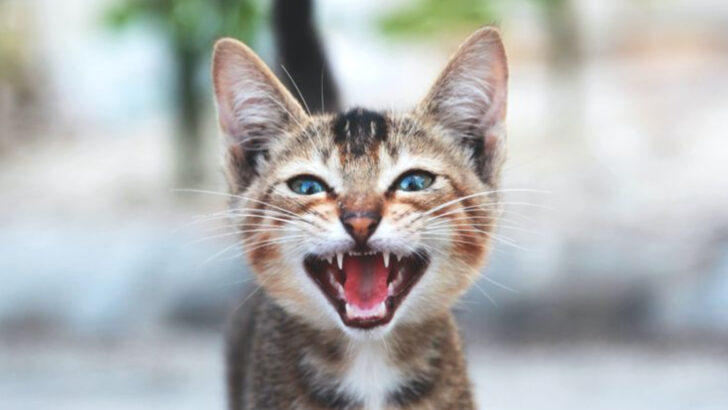Your cat is not just talking to birds.
That strange, high-pitched chirp—half meow, half squeaky toy—sounds adorable, sure. But what if it’s something more? What if your feline is unleashing the wild instincts of a miniature predator… or trying to communicate with you?
Some cats do it while stalking a squirrel through the window. Others sit by your feet and chirp like they’re telling secrets to the floor.
Why do they do it?
Science has a few ideas—and all of them are fascinating.
Get ready to decode the quirky, mysterious world of cat chirping. You’ll never hear it the same way again.
The Hunter’s Call
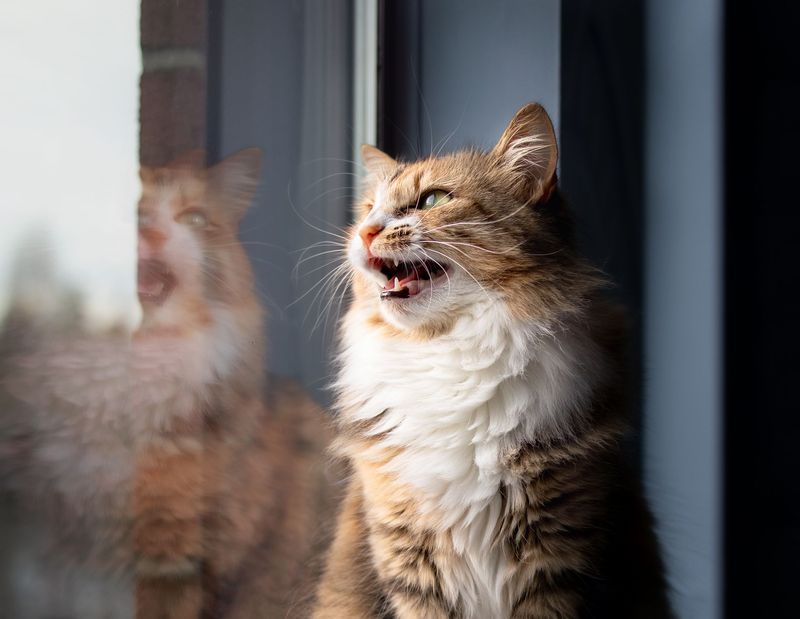
Imagine a cat perched by the window, eyes wide and fixated on a bird outside. That soft chirping sound may actually be the feline equivalent of a hunter’s call. This behavior is thought to mimic bird calls, allowing cats to practice their hunting skills. It’s a behavior deeply rooted in their predatory nature, honed over generations.
While it might seem playful to us, this chirping reflects the instincts that drive cats in the wild. Their ancestors relied on such skills to survive, and this vocalization is a vestige of those ancient days.
Expressing Frustration
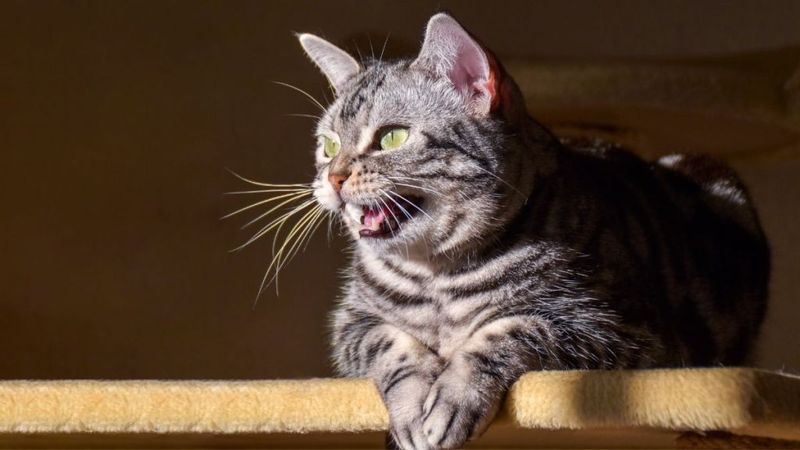
Picture a cat sitting in a room, watching a bird hop just out of reach. Chirping may be an expression of frustration. Cats often chirp when they spot prey they cannot reach, like birds through a window. It’s their way of venting, a vocal expression of their inner turmoil.
This peculiar sound might be the cat’s version of grumbling or muttering under its breath. While we might find it charming, for the cat, it’s a reminder of the one that got away.
This behavior highlights the complexity of their emotional world.
Mimicking Prey
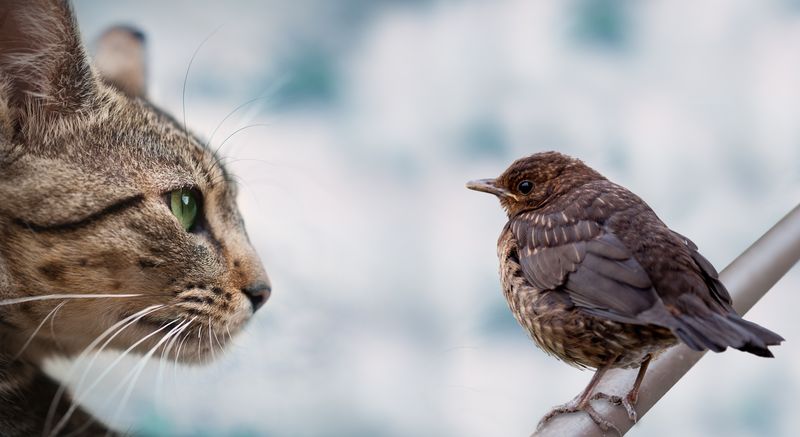
Cats are known for their cunning, and some scientists believe that chirping is an attempt to mimic the sounds of their prey. By doing so, they may be trying to lure birds or small animals closer, making it easier to catch them. This mimicry showcases the cat’s intelligence and adaptability.
In the wild, such vocal tricks could mean the difference between a successful hunt and going hungry. Even domesticated cats retain this instinct, playing out the drama of predator and prey within the comforts of home.
It’s nature’s theater at its finest.
Communication with Humans
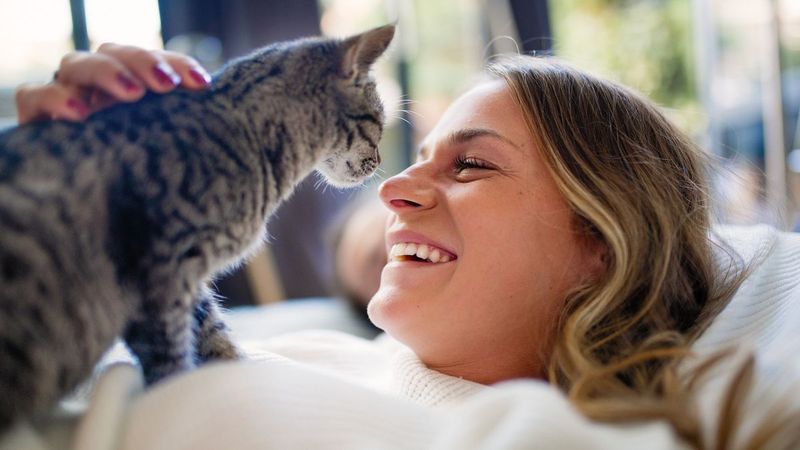
Cats often chirp to communicate with their human companions. This sound can be a request for attention or an expression of excitement. When a cat chirps at you, it might be sharing its enthusiasm, asking for a toy, or simply saying hello.
This vocalization builds a bridge between species, allowing cats to express themselves to their human families. It reflects their social nature and desire for interaction.
In a world where language barriers exist, chirping is a universal way cats make their feelings known.
Bonding with Kittens
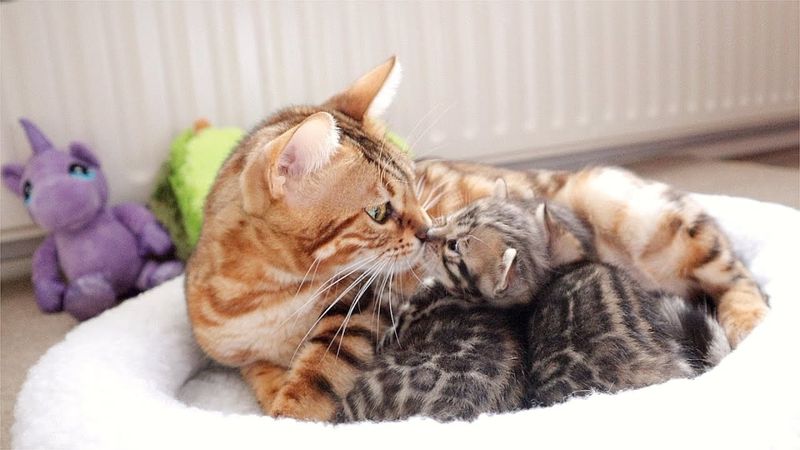
Mother cats use chirping sounds to communicate with their kittens. This gentle vocalization can guide, comfort, and instruct the young, serving as an essential part of their early development.
Chirping forms a bond, creating a sense of security within the litter. The sound reassures kittens as they learn about their environment and navigate their new world.
It’s a melody of nurture and care, resonating with the rhythm of maternal instinct. Through this medium, mother cats pass wisdom and warmth to the next generation.
Feeling Playful
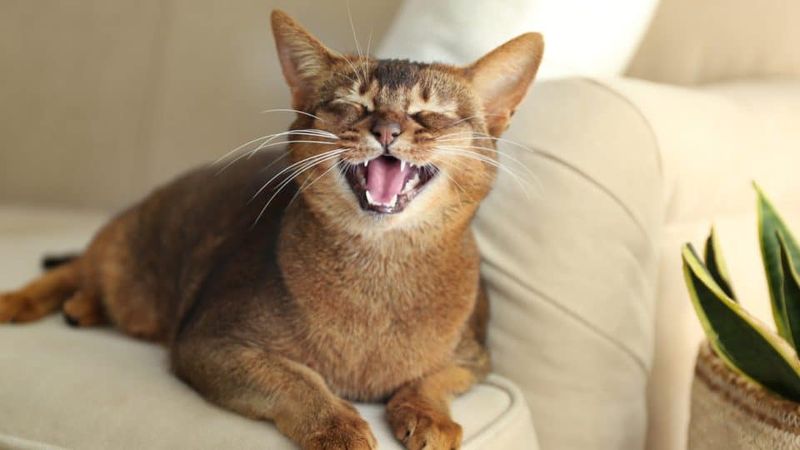
Sometimes, chirping is a sign of playfulness. When cats are engaged in play, they might chirp as part of their antics. This sound reveals their joyful, energetic side, resonating with their love for fun and games.
As they frolic about, chirping adds an extra layer of excitement, enhancing the play experience. Such moments are a delightful insight into the cat’s carefree spirit, a snapshot of pure, unrestrained joy. For cat owners, it’s a charming reminder of why we adore these playful creatures.
Behind every chirp lies a heart brimming with curiosity.
Echoes of the Wild
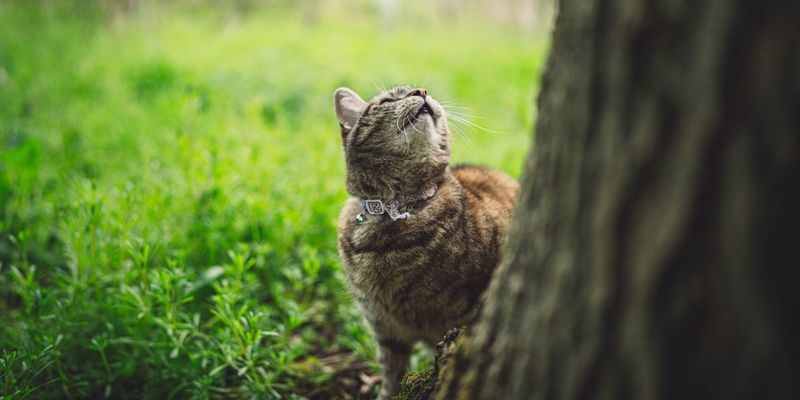
Chirping can be seen as an echo from the wild. In their natural habitats, cats use various sounds for hunting and communication. The domesticated cat, though far removed from the wild, retains these sounds as part of its instinctual repertoire.
This behavior is a link to their wild ancestors, a reminder of the untamed world from which they came. Each chirp is a whisper of heritage, a connection to the primal instincts that still flow through their veins.
For those who listen closely, it’s a symphony of survival.
Curiosity Unleashed
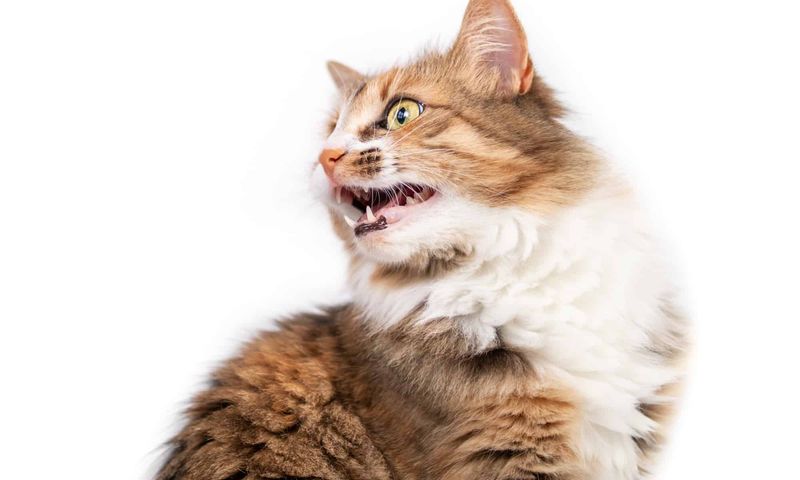
Chirping often accompanies curiosity. When a cat encounters something intriguing, such as a floating feather or a fluttering insect, it may chirp in response. This sound can reflect its intense interest and desire to investigate further.
The chirp becomes a soundtrack to the cat’s exploratory adventures, a prelude to discovery. It showcases the cat’s inquisitive nature, always eager to learn about its environment.
In these moments, chirping is a celebration of curiosity, capturing the essence of a cat’s adventurous spirit.
Seeking Attention
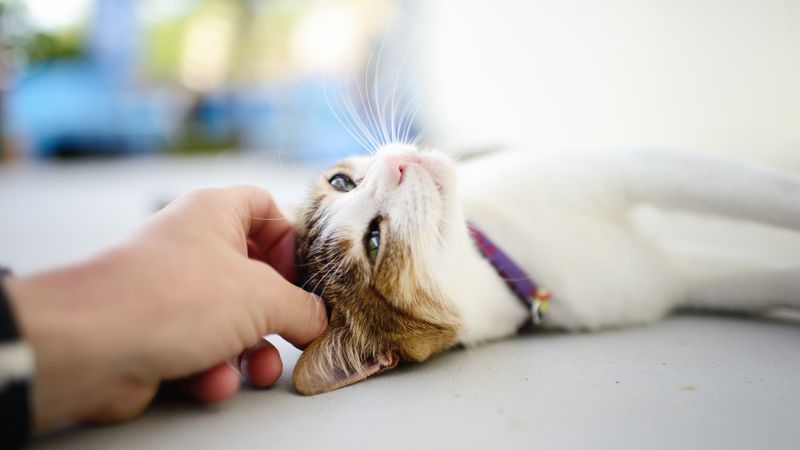
Cats are known attention-seekers, and chirping is one of their tactics. When they want their owner’s undivided attention, a series of chirps can be an effective way to get it. This vocalization acts like a gentle tap on the shoulder, saying, “Look at me!”
For cats, securing attention is often linked to affection, play, or a need for something specific. The chirp is a versatile tool in their communication toolkit.
In the delightful dance of human-feline relationships, chirping is an essential step that keeps the bond strong.
Echoing Domestic Life
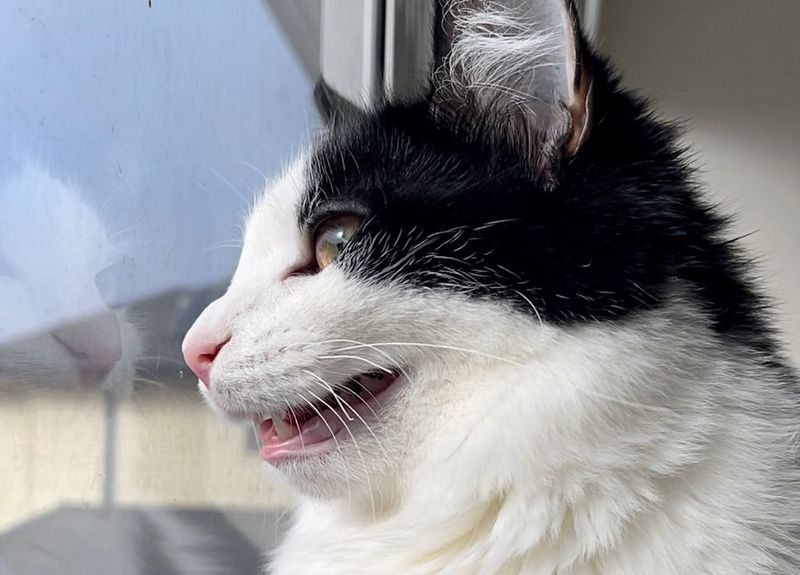
In the domestic setting, chirping is part of the everyday symphony. Cats often chirp at the activities outside—birds flying, leaves rustling, or distant sounds. It’s their way of engaging with the world while remaining within the safety of home.
This vocalization reflects a balance between wild instincts and domestic comfort, a harmony cats have perfected over time. Chirping becomes the background music to their lives, a blend of curiosity and contentment.
For those who listen, it’s a gentle reminder of the beauty in life’s simple moments.
Expressing Excitement
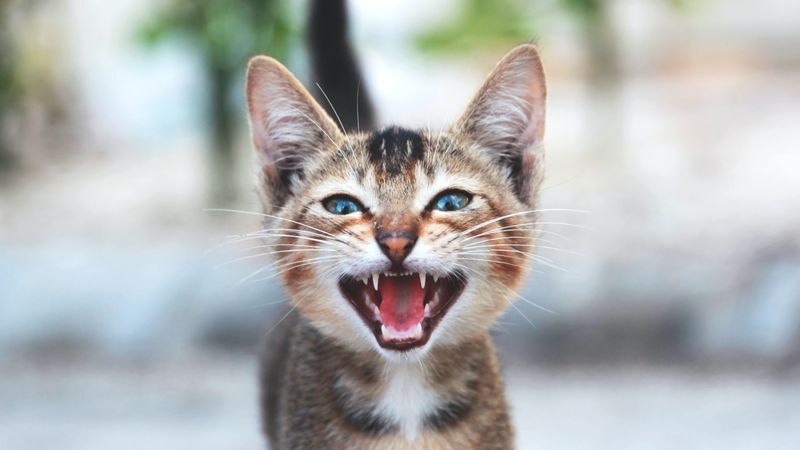
Chirping can also signify excitement. When something captivates a cat’s attention, whether a flock of birds or a new toy, chirping often follows. It’s an enthusiastic expression, bubbling out as they become engrossed in the moment.
The sound captures their eagerness, a vocal exclamation mark punctuating their emotions. This spontaneous burst of sound adds to the vivid tapestry of feline behavior.
In a world where emotions are often hidden, a cat’s chirp is a vibrant declaration of joy and anticipation, a peek into their animated world.
The Quest for Understanding
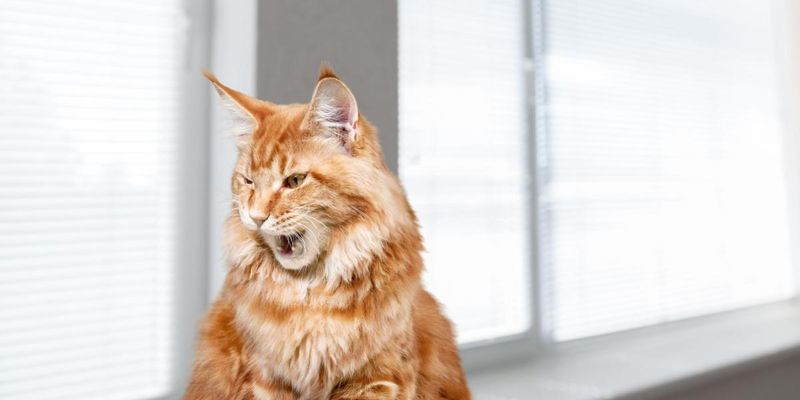
Chirping can be part of a cat’s process of understanding the world. When faced with unfamiliar sounds or sights, chirping might be a way of processing these stimuli. It’s a combination of curiosity and contemplation, as they try to make sense of their surroundings.
This behavior highlights the cognitive complexities of cats, showing how they engage with and interpret their environment. Their chirps are questions, seeking answers to the mysteries they encounter.
The sound is a melody of investigation, underscoring their thoughtful and perceptive nature.
Reflecting Affection
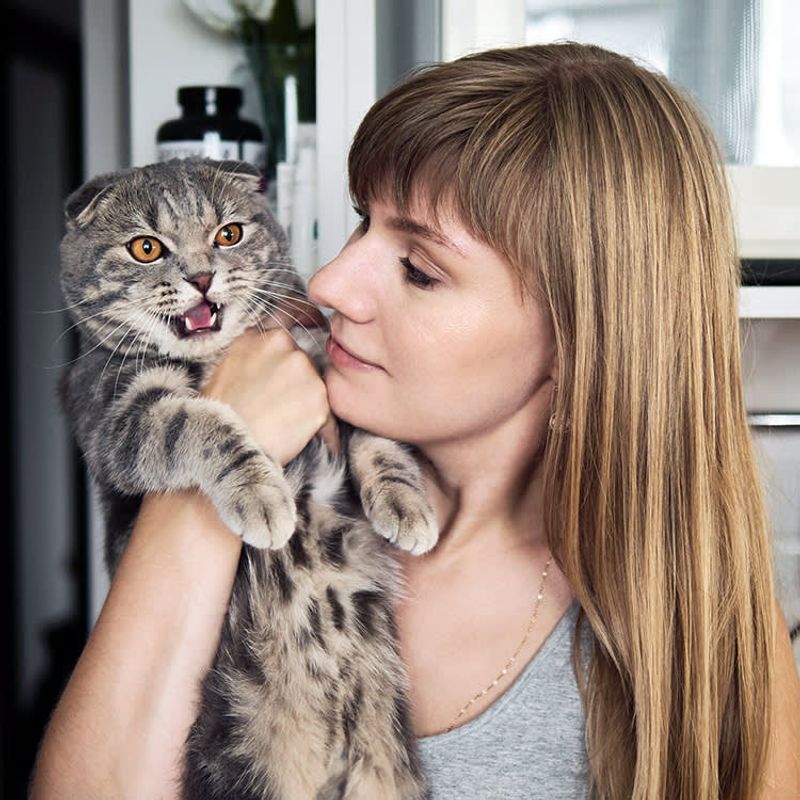
Chirping can also be a sound of affection. Cats might chirp when they’re content and comfortable, often when near their owners. It’s a tender expression of their bond, a gentle hum of happiness shared with those they trust.
This sound fosters connection, weaving together emotions and relationships. In the quiet moments, when a cat chirps softly, it speaks volumes of warmth and love.
For cat lovers, these are the cherished sounds that make companionship with a feline so rewarding. It’s the heart speaking through a simple chirp.

